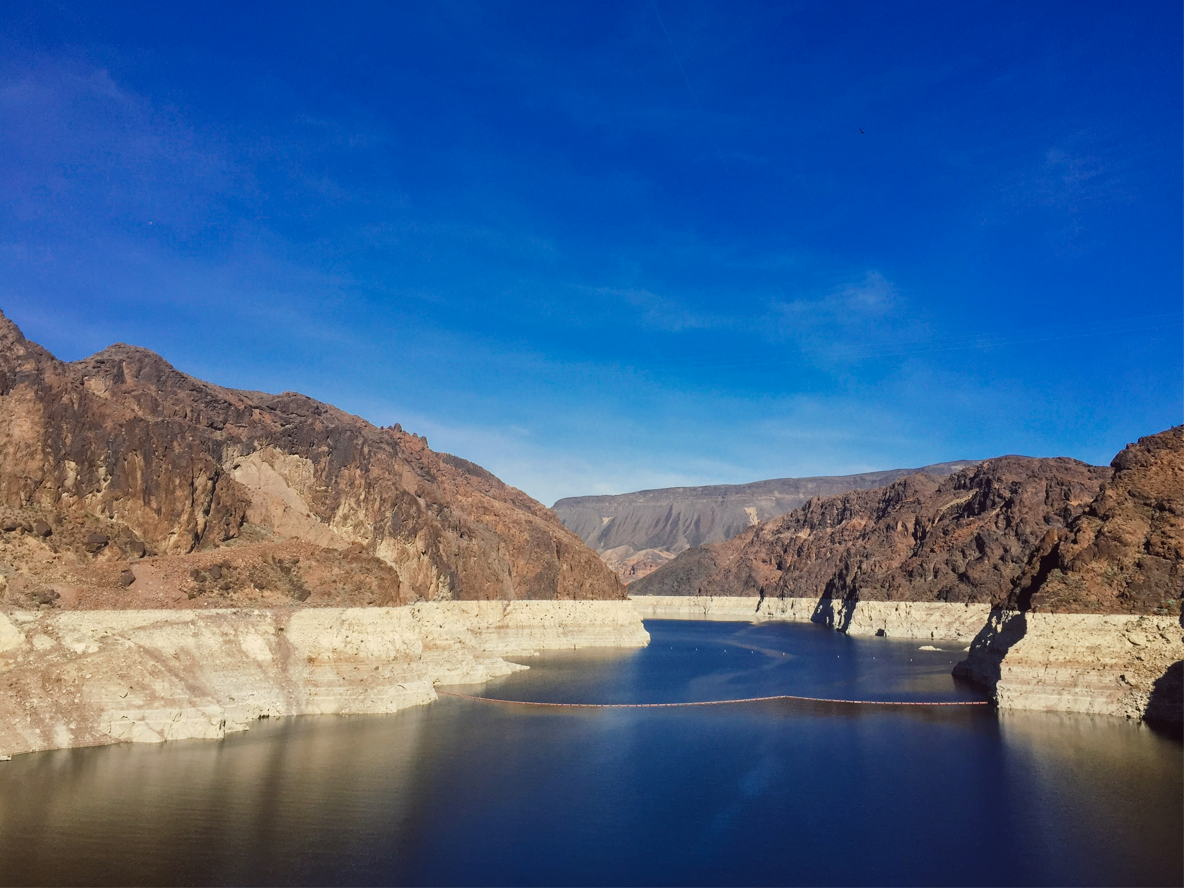Over the past year, the Covid-19 pandemic pulled state resources and public attention away from the looming specter of global climate change. But while our attention was fixed on vaccine rollouts and mask mandates, climate change didn’t stop impacting California’s water. 2021 heralded some unprecedented water challenges for districts across the state. Now more than ever, we need to talk about climate change and the role it plays in California’s droughts.
It is well established that California’s droughts are becoming more common and more severe. The past year was one of the driest in a century; crucial reservoirs like Lake Mead have dropped to record lows; and many communities continue to over-draft groundwater aquifers to keep up with demand. In October, Governor Gavin Newsom declared a statewide drought emergency and asked Californians to “redouble our efforts to save water in every way possible.” For many, the sight of depleted reservoirs and bone-dry wells looks eerily similar to the height of California’s last major drought––which only officially ended 2 years ago.
So what is happening to California’s droughts? Simply put—heat.
It’s no secret that climate change is quite literally turning up the heat. While the difference of a few degrees may feel more obvious in the summer, rising winter temperatures are jeopardizing Sierra snowpack––a main source of water for the state. As the winters get warmer, the Sierras receive rain instead of snow, which diminishes the frozen reservoir of slowly melting snowpack that much of California relies on. What little snow does collect in the mountains melts earlier in the year, leaving barren reservoirs for the hot summer months. During years with low rainfall, a rapidly vanishing Sierra snowpack enhances water supply challenges. Last year, the Sierra snowpack reserves were already gone by June.
But there’s another, equally important role that heat plays in exacerbating drought. As the air gets warmer, it can hold about 7 percent more moisture with every degree Celsius of warming. This atmospheric “thirst” drains water from nearby lakes, plants, and soil, resulting in a parched landscape and reduced water supply. Extreme temperatures also cause spikes in water demand right when overtaxed water systems can least afford it.
For many water systems, 2021’s extraordinarily dry conditions and record-breaking heat waves intensified ongoing water supply challenges. In areas reliant on groundwater aquifers to make up for poor rainfall, chronic over pumping during drought years has left many wells high and dry. Roughly 2,700 wells across the state may have gone dry in 2021, with 1,000 more predicted to go dry in 2022. Things aren’t much better for the southern regions of California that continue to rely on imported water to meet public demand. Water shortages across the American Southwest have resulted in cutbacks. The State Water Project slashed the allocation budget for Metropolitan Water District, a consortium of 26 water districts providing water to nearly 19 million people, from 10 percent to 5 percent last year. Although the recent storms provided much needed snowpack, they may be insufficient to prevent further cuts and the allocation for 2022 could be set to zero. Although Metropolitan has enough stored water supplies to weather the blow, the same may not be said for smaller districts with fewer resources at their disposal.
All told, 2021 provided a grim look into California’s short-term water future. But there is still time to invest in drought protections and climate change resiliency programs for the years to come. Governor Newsom recently signed new legislation in September that allocated $15 billion to a comprehensive climate change package. The package includes $5.2 billion for drought response and water infrastructure initiatives. The funding will also go towards emergency drought relief projects, water infrastructure programs for small and disadvantaged communities, Sustainable Groundwater Management Act implementation, and wildlife habitat restoration.
Access to high-quality and affordable water is considered by most people to be a fundamental human right rather than a privilege. As an environmental lab, Babcock Labs is dedicated to helping Californians keep their water safe and clean. For more information about our testing services or to read more of the latest water news, view our website.

